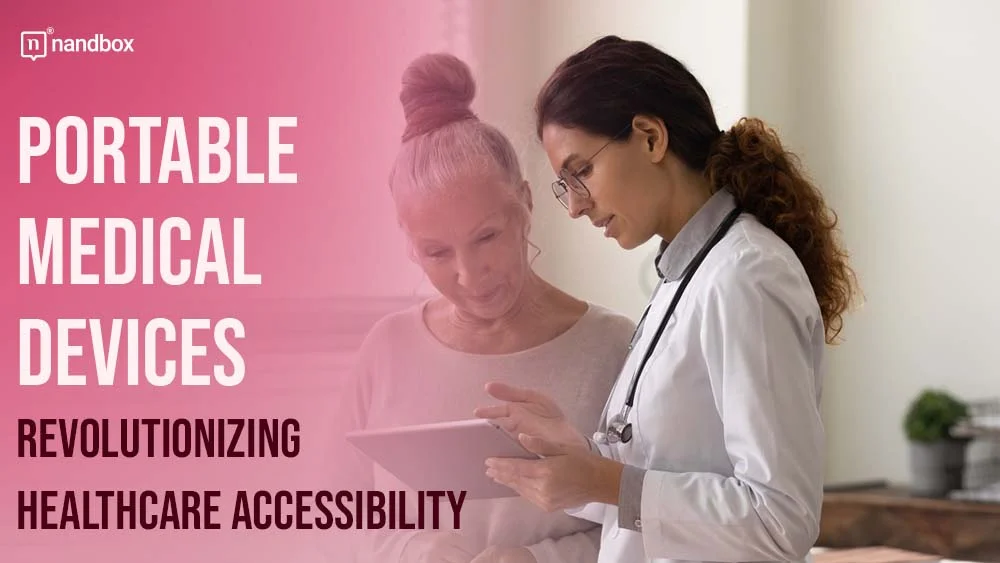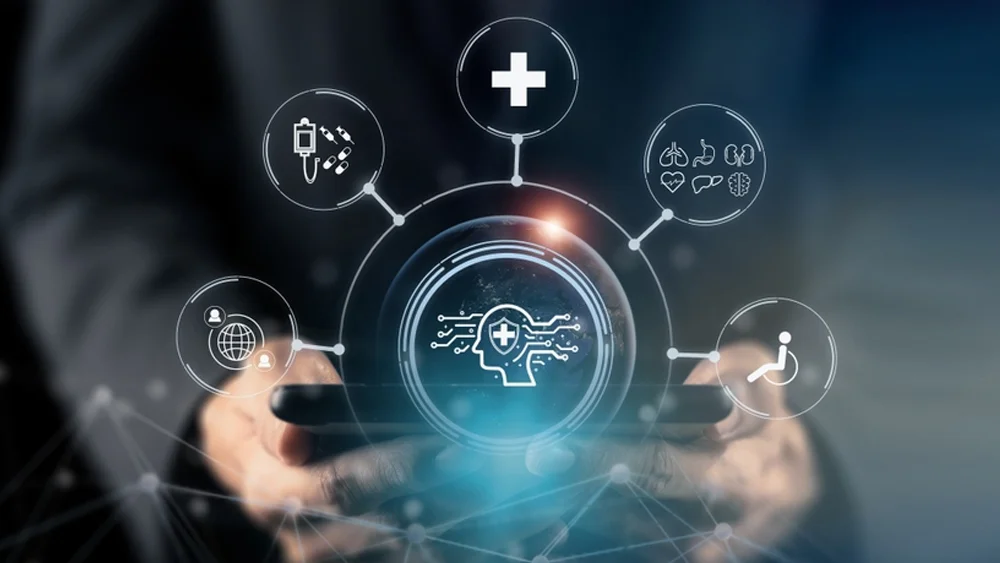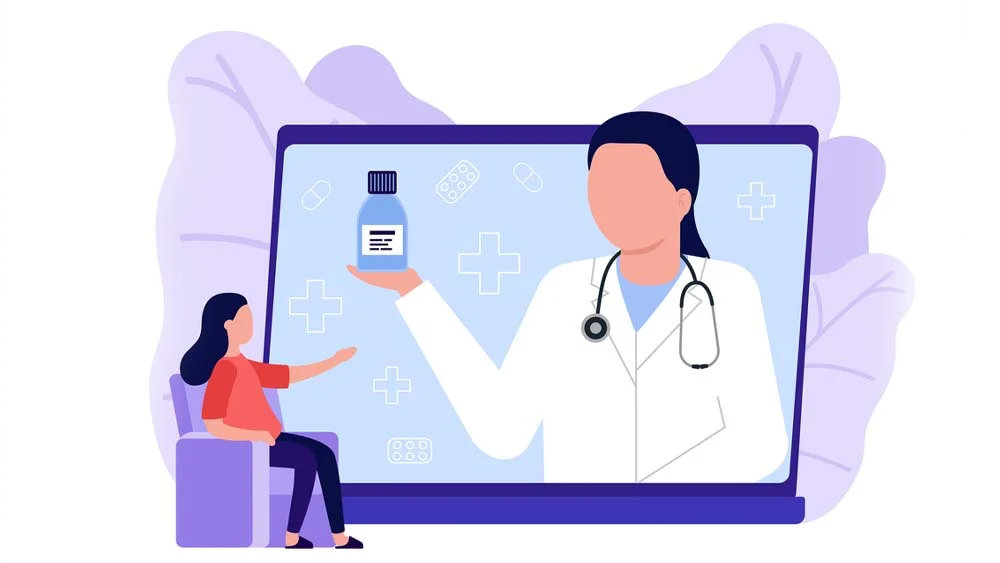Technology’s transformed healthcare in ways we couldn’t have imagined a few decades ago. One of the most exciting advancements is the rise of portable medical devices, which are revolutionizing how we monitor and manage health. From wearable heart monitors to portable ultrasound machines, these devices are making healthcare more accessible and efficient. Even specialized therapeutic tools—such as Storz Medical Shockwave Devices—are becoming more portable and user-friendly, further expanding treatment options outside traditional clinical environments.
I’ve seen how technology’s integration into these devices is bridging gaps in care, especially for those in remote or underserved areas. Innovations like FDA-approved wearable devices are not just improving patient outcomes—they’re empowering individuals to take charge of their health. With portability and precision, these devices are reshaping the healthcare landscape, offering solutions that were once confined to hospitals.
Understanding the role of technology in this space is crucial as it continues to evolve. It’s not just about convenience—it’s about creating a future where healthcare is smarter, faster, and more inclusive.
Understanding Portable Medical Devices
Portable medical devices are compact technologies enabling real-time health monitoring and treatment. These innovations are reshaping healthcare by improving accessibility and patient outcomes.
Key Features of Portable Medical Devices
Portability ensures these devices can be easily carried or used outside traditional clinical settings. Wearable sensors, such as heart rate monitors, continuously track vital signs. Wireless connectivity allows seamless data transfer to healthcare providers for quick interventions. Battery efficiency supports prolonged usage, critical for devices like portable oxygen concentrators.
Usability focuses on simple interfaces for patients with minimal technical knowledge. Devices like portable EKG monitors enhance diagnostic accuracy, while rugged designs sustain performance in diverse environments.
Evolution of Portable Medical Technology
Technological advancements have transformed portable medical devices over the decades. Early models were bulky and restricted to clinical use. The integration of microelectronics enabled compact designs, as seen in portable ventilators and wearable pulse oximeters.
Wireless and cloud-based technology accelerated remote monitoring and data analysis. For instance, EverFlo oxygen concentrators, though primarily stationary, set a standard for integrating efficiency in oxygen delivery systems, influencing portable counterparts. For those interested, exploring the EverFlo oxygen concentrator price reveals its affordability and effectiveness. The focus has shifted to AI-powered tools, ensuring smarter diagnostics and predictive healthcare outcomes.
The Role of Technology in Enhancing Functionality
Technology continues to redefine the capabilities of portable medical devices, focusing on efficiency, precision, and user-friendliness. Enhanced features now improve patient outcomes and healthcare management.
Integration of Advanced Sensors
Advanced sensors are central to portable medical devices, enabling real-time data collection and analysis. Heart rate monitors, glucose sensors, and blood pressure trackers use highly sensitive components for accurate, continuous monitoring. These sensors detect minute physiological changes, facilitating early diagnosis and intervention. For example, wearable ECG devices deliver detailed cardiac data, which healthcare providers access remotely. Compact sensor designs reduce device size without compromising functionality, making devices more user-friendly for at-home use or during travel.
Impact of Artificial Intelligence and Machine Learning
AI and machine learning streamline diagnostics and predictive healthcare functions in portable devices. These technologies analyze large datasets for identifying patterns and delivering personalized health insights. Devices like AI-powered glucose monitors provide tailored recommendations based on individual habits and trends. With machine learning, portable ultrasound machines improve by adapting to varying patient profiles, optimizing imaging accuracy. This innovation allows patients and clinicians to make informed decisions faster, minimizing unnecessary hospital visits.
Connectivity Through IoT in Healthcare Devices
IoT transforms portable medical devices by enabling seamless connectivity and data sharing. Bluetooth and Wi-Fi integrations allow devices to transmit data to cloud platforms or directly to physicians in real time. For instance, a wearable heart monitor captures data and sends alerts to medical teams during irregularities, ensuring timely intervention. IoT-enabled systems also support remote consultations and continuous health tracking. By fostering a reliable data exchange network, these advancements enhance treatment efficacy and patient engagement.
Benefits of Modern Portable Medical Devices
Advances in technology have made portable medical devices indispensable in healthcare. These devices offer unique benefits that transform patient care and healthcare delivery.
Improved Patient Monitoring
Portable medical devices provide continuous and real-time health monitoring, improving patient outcomes. Wearable devices like ECG monitors and glucose trackers collect vital data throughout the day, enabling early detection of abnormalities. With wireless connectivity, they transmit this data to healthcare providers instantly for timely medical intervention. Advanced capabilities, such as AI-powered analytics, enhance the accuracy of diagnostics, minimizing errors. These features empower patients to actively manage chronic conditions and ensure healthcare professionals receive up-to-date information.
Enhanced Accessibility in Remote Areas
Portable medical devices improve healthcare access for individuals in geographically isolated or underserved areas. Compact tools like portable ultrasound machines and handheld diagnostic devices deliver necessary care without requiring patients to travel to distant facilities. Internet of Things (IoT) integration enables seamless remote monitoring, ensuring healthcare providers can assess a patient’s condition from any location. These innovations bridge the gap in healthcare services, especially in areas lacking traditional clinical infrastructure.
Cost-Effectiveness
Modern portable medical devices reduce healthcare costs for patients and providers. Devices like oxygen concentrators eliminate the need for expensive hospital stays by facilitating in-home care. For example, EverFlo oxygen concentrators are designed for long-term use at home, helping patients manage conditions while reducing overall treatment costs. Advanced technologies lower maintenance and operational expenses through durable designs and efficient power consumption, offering long-term savings. These solutions contribute to a more economical and sustainable healthcare system.
Challenges and Limitations
Despite their transformative potential, portable medical devices face challenges that impact their development, adoption, and effectiveness. Addressing these limitations is critical for maximizing their benefits in healthcare.
Data Security and Privacy Concerns
Portable medical devices rely on wireless connectivity and cloud-based data storage, making them vulnerable to cyber threats. Protecting sensitive patient information requires robust encryption protocols and secure data transfer mechanisms. Compliance with data protection regulations like HIPAA adds complexity to device design and integration. Unauthorized access and potential misuse of health data pose significant risks to patient confidentiality. Healthcare providers implementing these devices must balance usability with stringent privacy safeguards.
Power and Battery Limitations
Maintaining reliable power sources for portable medical devices is an ongoing challenge. Devices such as wearable monitors or portable oxygen concentrators must operate for extended periods to meet user expectations. Battery life constraints can limit device functionality, especially in remote areas without consistent charging options. Compact designs restrict battery capacity, requiring manufacturers to innovate energy-efficient solutions. Although strides in battery technology have improved device performance, power limitations still affect real-world applications.
Regulatory and Compliance Issues
Portable medical devices must meet rigorous standards to ensure safety and efficacy. Navigating complex regulatory frameworks across regions adds significant time and cost to device development. Approvals from organizations like the FDA or CE marking in Europe involve thorough evaluations, delaying market entry. Non-compliance or recalls can undermine trust and hinder innovation in portable medical technology.
Future Trends in Portable Medical Technology
Technological advancements continue to reshape portable medical devices, driving innovations that enhance patient care and expand accessibility. Emerging trends focus on improving functionality and integrating smarter technologies.
Miniaturization and Usability
Smaller, lighter devices enhance usability while maintaining advanced functionality. Miniaturization efforts have reduced the size of components like sensors and batteries, enabling patient-friendly designs. For example, portable ECG devices now fit in a pocket but deliver the same accuracy as traditional models. Optimized interfaces further simplify usage, ensuring these devices cater to all users, even those with minimal technical knowledge. Compact, user-centric designs promote wider adoption across diverse patient populations.
Emerging Innovations in Diagnostics and Treatment
AI and machine learning technologies are revolutionizing diagnostics with tailored healthcare insights. Portable ultrasounds equipped with AI modules enhance imaging analysis for faster, more accurate results. On the treatment front, devices like insulin pumps now incorporate real-time glucose monitoring, automating dosage adjustments. IoT integration supports continuous data transmission, improving early intervention and personalized care. These innovations push healthcare toward smarter, more efficient solutions.
nandbox App Builder
Companies and healthcare professionals may create custom mobile apps with nandbox App Builder, a powerful platform that improves healthcare administration and accessibility. Mobile app integration is essential for efficient monitoring and real-time data sharing as portable medical devices become more prevalent. nandbox lets developers construct apps that connect consumers to portable medical equipment for health monitoring and easy access to doctors. Integration helps close care gaps, especially in rural regions, by providing effective, tailored, and mobile healthcare solutions.





